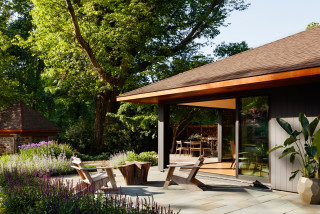
4. Recycled Options
Reusing materials that have proven they can handle difficult conditions — such as stone, concrete and brick —combines resiliency with sustainability. You also can look for composites made from recycled materials. These cut down on waste and reliance on landfills. You’ll often see these materials used for decking and edging as well as other hardscape features. “There are companies that use recycled plastic, such as grocery bags, for fences and benches,” Vogt says. Products made from recycled materials have become much more natural-looking in recent years, and can be lower-maintenance and longer-lasting than natural wood.
This article was originally published by a www.houzz.com . Read the Original article here. .
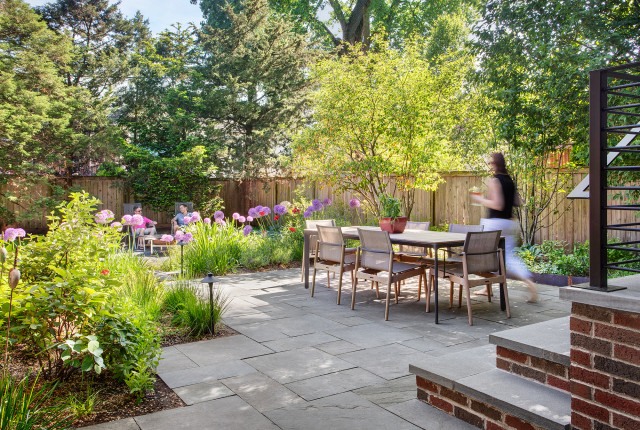
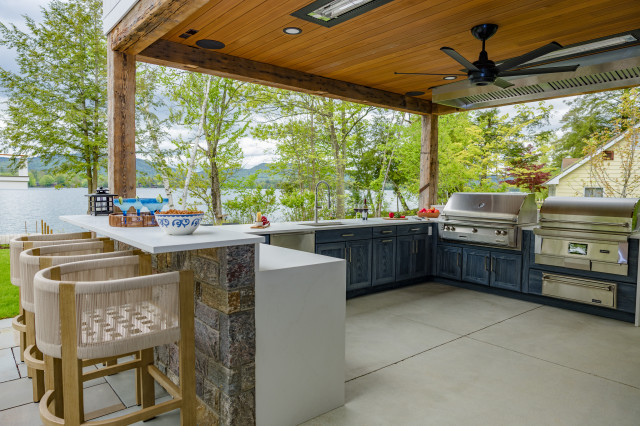
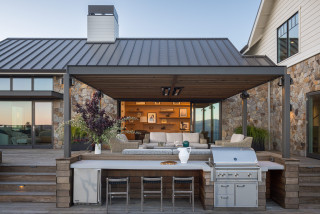

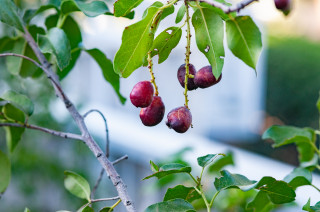
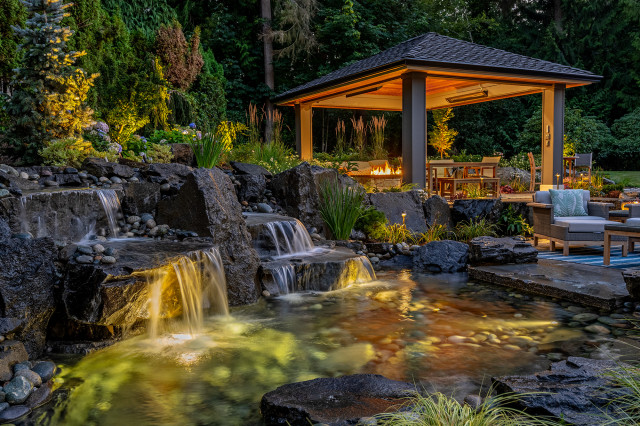

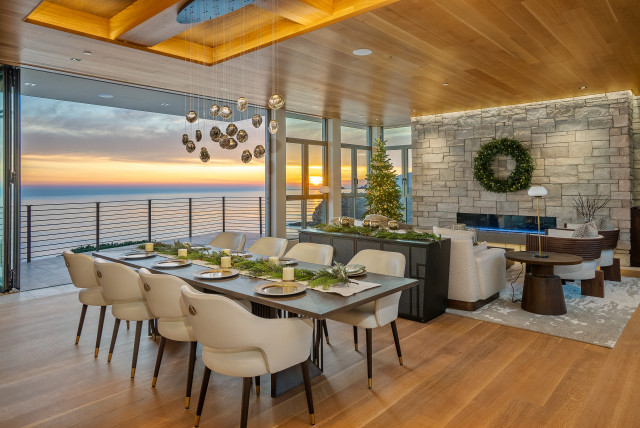

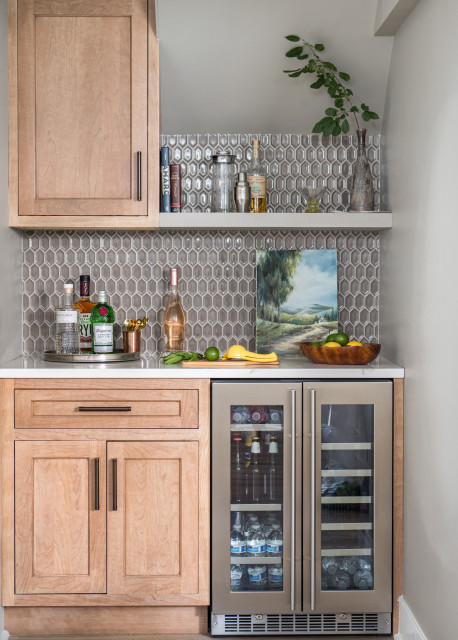
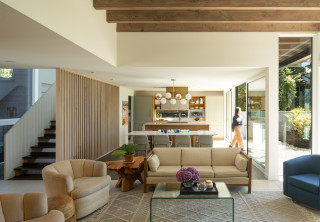
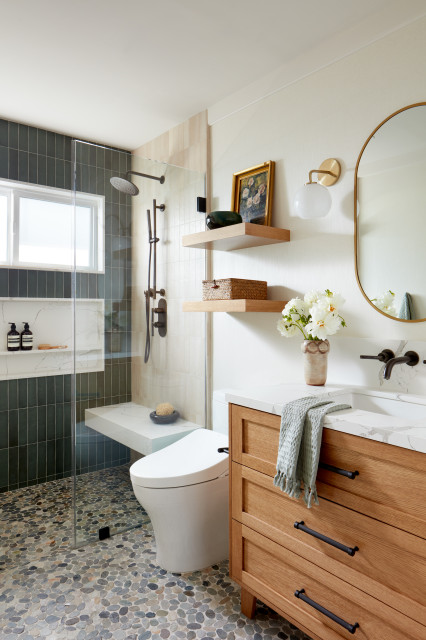
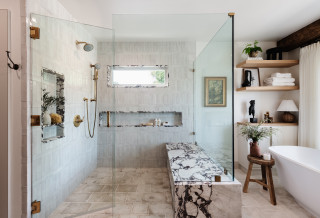
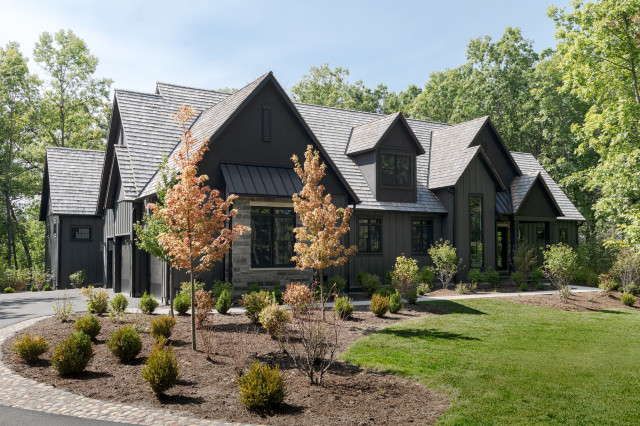
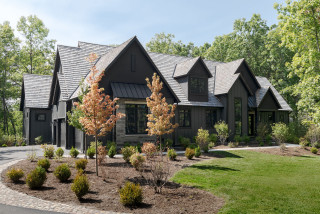


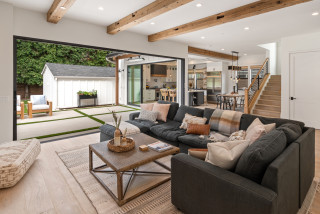

Counters help define your outdoor kitchen’s style. “Choose a stone [or other material] that ties the whole look together or provides a fun accent,” says Kara Gorski of Landed in Alexandria, Virginia.
Practical considerations. Add plenty of countertop area around the grill. “No matter how small an outdoor kitchen is, it needs to have adequate counter space,” says landscape designer Deborah Gliksman of Urban Oasis Landscape Design in Los Angeles. Douglass recommends leaving enough room for utensils as well as your cooked and uncooked food.
New York-based landscape designer Todd Haiman says you’ll probably need to seal the countertop when it’s installed and then reseal it every few years. “Fats from cooking as well as staining from metals left on top of it can stain it, and the elements can take their toll,” he says.
Finally, make good use of the cabinetry the counters sit on. It’s a prime space for storage as well as other amenities, such as an undercounter refrigerator.
Find a landscape contractor near you on Houzz